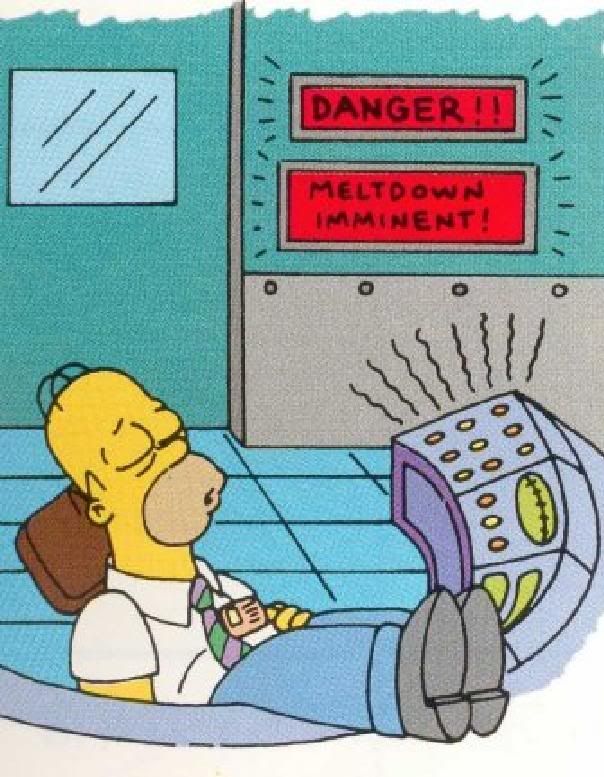A quiet ending week it seemed in choppy traders markets in FX and equities as the knob gobblers at the world's banks try and kick the [inevitable] Greek default down the road a few months.
She's dead Doctor! No she is not, she just has no pulse or brain function, lets put her on life support!
So lets focus on domestic issues while we wait. I watched
Wall Street: Money Never Sleeps last night and Gordon Gekko's book promotion speech on 'new' greed is gnawing at me.
There are three types of property investor in Australia:
- The newbie idiot that believes we have a shortage, even though persons-to-dwellings ratios make crashola California and Ireland (a list of real estate bubble crashes, to name but two) look supply tight. This idiot believes the shortage spruik from the paper, the paper that makes squillions in real estate advertising;
- The prudent (lucky?!) investor that bought many years ago (before 2000) when rental yields were 7%, capital growth was CPI (a sustainable 10% total return) and banks were prudent in not feeding bubbles and tethering consumers to debt peonage. When I mean prudent, I meant the (at the time) conservative pursuit of yield to pay off your loan over the long term and not the pursuit of quick capital gains (speculation) ;
- The idiot hanging in there for a bubble comeback as a credit dries in a credit fuelled bubble. Think, pissed as a tick on cheap punch, the girls have gone home, booze has gone and is waiting with three losers at 3AM for some booze and chicks to miraculously appear. This fool believes the shortage crap of Point 1, but believes the market will 'comeback' and the party will last forever. The mega loser that will eventually appear (post Ireland, Spain, California, Florida et al 40% crash) on Today Tonight and A Current Affair screaming for a bailout. These clowns can't fathom that a household that brings in $100,000 (very comfortable income situation) simply cannot repay a loan for $700,000 and have electrical power, a car, clothes and eat. The blood from stone analogy is lost on them.
No 2 Investor has seen growth 5 to 7 fold in 15-20 years. $100K to $700K scenarios and knows that youngsters can't afford to join the stupidity and only a few greater fools are buying (high volumes, low turnover) its time to bail....to quote the Steve Miller song,
"go on, take the money and run".
With than in mind I'm going to occasionally run regions with reality check examples as folk try and beat the
flooded market but low volume turnover scenario and 'price to sell' (aka take the money and run).
I'll work clockwise around Oz (while I wait for the GrecoEuro metdown that will take out Spain - then you'll know credit pain and the Depression).
North Queensland
Port Douglas.
2 Bed, 2 Bath, 1 Car unit in a resort complex.
87 Port Douglas Road (Sabbaya Resort)
$250,000, REDUCED by $189,000 (43.05%) on 14 May 2011
Sabaya - Sacrificed!!
12 Months ago Port Douglas' median unit value was over $400,000 a pop, Today its just around $220,000. Hello loser, this is just starting. Where is the slick agent that sold you this lemon?
Cairns
4 Bed, 2 Bath, 2 Car Garage - House
5 Tyrconnell Crescent, Redlynch
High $300,000s REDUCED by $105,000 (25.93%) on 16 May 2011
SOLID INVESTMENT - GREAT HOUSE, GREAT AREA, SECURE FOR YOUR FUTURE!!
4 Bed, 2 Bath, 2 Car Garage - House
38 Loridan Drive Brinsmead.
High $300,000s REDUCED by $100,000 (25%) on 15 Jun 2011
An Impressive Brinsmead Family Home
For those in group 3 hanging out (for the recovery without credit):
Coming soon: Central Queensland, Fraser and Sunshine Coast.
Edit: I've amended point 2 above as Avid points out in the comments I'm probably giving them too much credit.
































